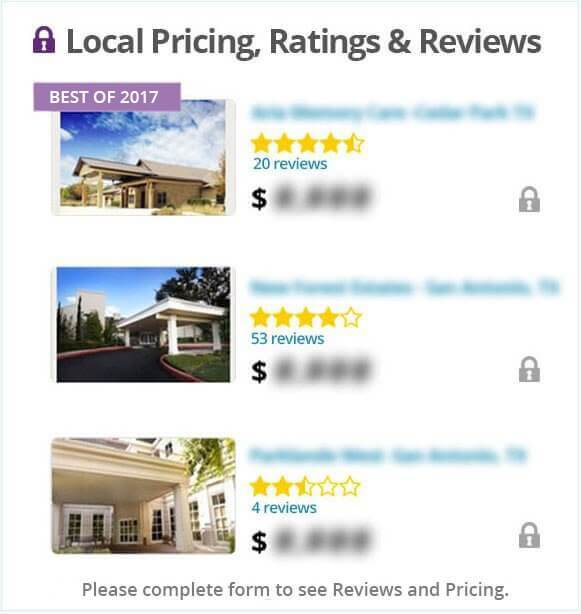Did you know that there is a database of 36,000-plus assisted living facilities that can be easily bought, and made into a large ‘comprehensive’ senior care website fairly quickly? I say ‘comprehensive’ in a tongue-in-cheek manner, in that the information for the facilities is pretty basic, and can be found in dozens of other places on the internet word-for-word.
Unfortunately, for most of these ‘comprehensive’ assisted living sites out there, the primary goal is to collect a referral fee by getting you to send them your personal information, often by questionable or tricky means.
Even more unfortunate is that many of these questionable or downright ‘bad’ senior care sites are well trafficked, and well ranked.
So what makes a site trustworthy, or not trustworthy? In the time I have been writing for, and researching the assisted living industry, and having an online presence through my site, Assisted Living Directory, there are a number of ‘red flags’ that I think are often times indicative of a ‘questionable’ website that may not have your best interests at heart.
Things to look for:
1) Is it impossible to tell who is behind the website in question? Can you tell who has authored the articles, and are there actual names of experts, and their biographies on the site so you know who is producing the content and information?
Many questionable assisted living sites, if you look closely, are a complete mystery in terms of who is behind it. They lack any authorship information, and they fail to provide any clear information about who owns it, and what their intentions are.
2) Does the website in question invite you to click on links that promise one thing, but deliver something entirely different (usually a referral form)?
For example, one top-ranked, questionable website asks users to click a link to see a phone number for each facility. However, by doing so, a large referral form appears, covering any relevant information. The user has to click again to get out of the referral form to actually see the number.
What this website is doing is ‘bounce rate manipulation.‘ Many search engines judge the quality of a site by how many times people click things within the site – which is called ‘bounce rate.’ So, by trapping users into clicking things unnecessarily is manipulative, especially if it displays another form designed only to collect your personal information.
3) Can you actually contact facilities directly from the website?
Many top-ranked senior care sites appear to allow users to contact facilities through a form on each facility listing. However, often times this form is just a referral collector, and your information is then sent to someone for a fee, and then, possibly distributed to many other companies and third-parties.
Before submitting any information on any site, make sure you know where the information is headed, and how it will be used.
4) Which brings us to our next point – Privacy Policies. Every website that offers advertising, or collects your information should have a very clear and prominent Privacy Policy linked to from most pages on the site. This policy will hopefully clearly tell you how the site collects your information, and how it will be used. Just as importantly, it should offer information on how to ‘opt-out’ of their system and database.
5) On a more subjective level, does the website in question lack any uniqueness or personality? Does it give you any reason to stay and learn more? Are they doing anything innovative or different than other sites, other than purchasing a database of facility information and displaying it as a ‘comprehensive directory?’
6) Is much of the text ‘auto-generated?’ If you look closely at the prominent text on many lower-quality (but often times higher ranked) websites, and go from page to page, you’ll notice that with the exception of a handful of words, the paragraphs and text are quite similar, and often times somewhat choppy in how it reads. This is ‘auto generated’ content, done by a computer. “Smart” webmasters know that producing unique content word-for-word is time consuming, so they have programmed their site to produce text for each page, changing around only important words, or names (like cities) so it matches the page.
Fortunately, it appears that the major search engines are starting to catch onto this one.
7) Can you actually ask a question through the website, and get a useful answer? If you don’t get an answer at all, or if the answer is an auto-generated script, you may want to move on to another site.
These most of the major red flags that I have seen out there. I would be interested to hear anyone else’s experience with questionable, or downright bad senior care websites.
Assisted Living Directory’s objective has always been to produce clear, well researched content, and we’ve tried to be 100% transparent as to who is behind our site. We hope that we can be a model for what a ‘trustworthy’ site should be!




Pingback: Learn About the Ohio Assisted Living Waiver Program | Assisted Living Directory Blog
Pingback: Be Wary of Sites That Omit Direct Contacts | Assisted Living Directory Blog